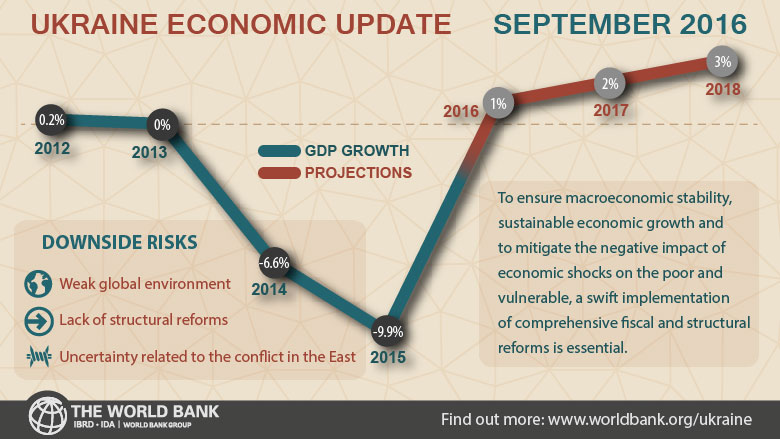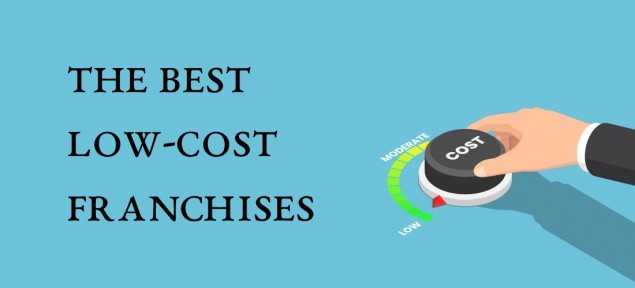Cost Reduction As A Goal Of Financial Management
2 min read Financial Management deals with various aspects of finance and cost reduction is one of the most important areas in its fold. As is known to every one, there are two ways by which you can increase your earnings. One is by increasing your revenue and the other by reducing costs. Surprisingly, a lot of people pay too much attention to increasing revenues but too little attention to decreasing costs. This is as much true of organizations as is true of individuals.
Financial Management deals with various aspects of finance and cost reduction is one of the most important areas in its fold. As is known to every one, there are two ways by which you can increase your earnings. One is by increasing your revenue and the other by reducing costs. Surprisingly, a lot of people pay too much attention to increasing revenues but too little attention to decreasing costs. This is as much true of organizations as is true of individuals.
Cost reduction becomes a focus area only during periods of recession. Once you realize that all your efforts at increasing the revenue have come to naught and the prospects of higher revenue are not very bright, you stat thinking about reducing costs. But with every business concentrating on cost cutting during a recessionary period, the competitive edge of reduced costs becomes blunted. So, it makes sense to keep your focus on reducing costs at all times. High growth in revenue or high profitability should not make you complacent about the need for optimizing your costs.
Cost reduction efforts should work on the principle that incurring costs higher than necessary is wasteful and will need to inefficiency. Therefore, identify key areas of your business and create a system for measuring, monitoring and controlling costs on a regular basis.
Are there some tools or strategies to achieve the goal of cost optimization? Yes, there are. And they are very simple. You might have heard about strategic cost management. But I would suggest that you start with common sense cost management, especially if you are running a small business. Some of the simple strategies I would recommend are:
1) Distinguish between controllable and non-controllable costs: You can’t control the market prices of the materials you use. But you can control your inventory costs by following a prudent policy of controlling purchases, creditors, storage, wastage and inventory levels.
2) Classify costs into categories: if you have 100 items of costs, it usually happens that a few items will constitute 70% to 80% of them. There is a concept called Perot’s rule which says that 20% of the items contribute to 80% of costs (or results). Thus by focusing on a small number of items, you can get maximum results with minimum efforts rather than squandering your efforts on a large number of small value items.
3) Adopt a zero based cost approach: Do not accept past costs as correct. Reexamine them and you may be surprised to find that you can correct some past inefficiencies.







